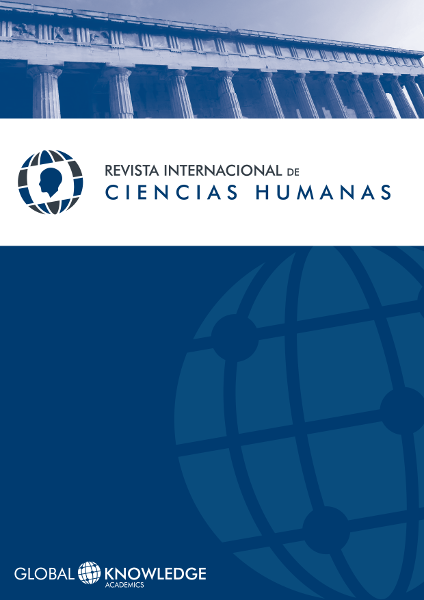The Past in the Keys to the Present: the Historical Meaning to Understand and Analyze the Today’s World with Rigour
Keywords:
History, Understanding, Today’s WorldAbstract
The 21st century should bet on a transmission of the History differently. Without losing the academic rigor we can serve this discipline for use in explanations of any event or crisis that occurs in today's world. There are new techniques that allow us to explain the sense of history in every moment of our life. Taking as an example the 16th century and the Empire of Carlos V, we can make an exercise in analysis that easily leads to keys to current passing through the birth of the modern State, its territorial configuration, or the relationship of Spain with America. The didactic eagerness of everything that we have must be fundamental. We must avoid distortions due to the knowledge of yesterday. History will help us to bring coherence to the message and delve into the creation of a rigorous, tolerant, plural and respectful society.
References
Bellver Amaré, F. (2001). El tiempo en la historia . Zaragoza: Edelvives.
Bullón, P. (1998). Profesionales en la red: Historiadores. La memoria no volátil. iWorld, II, 6.
Novak, J. (1998). Conocimiento y aprendizaje . Madrid: Alianza Editorial.
Prats, J. (2001). Enseñar Historia: notas para una didáctica renovadora . Mérida: Junta de Extremadura.
Prats, J. (2007). La Historia es cada vez más necesaria para formar personas con criterio. Revista Escuela, 3753, pp. 22-23.
Sánchez, P. (1991). El valor de la historia y los valores en la enseñanza de la historia. Revista complutense de Educación, II, pp. 309-322.
Sánchez Quintanar, A. (1995). Enseñar historia en la universidad y fuera de ella. Perfiles Educativos, 68, pp. 45-48.
Valdeón Baruque, J. (1999). ¿Qué Historia enseñar? Tarbiya, 21, pp. 77-78.
Vivancos, J. (2007). Tratamiento de la información y competencia digital . Madrid: Alianza Editorial.
Downloads
Published
Issue
Section
License
All articles are published under an Attribution-NoDerivatives 4.0 International (CC BY-ND 4.0) license. Authors retain copyright over their work.

